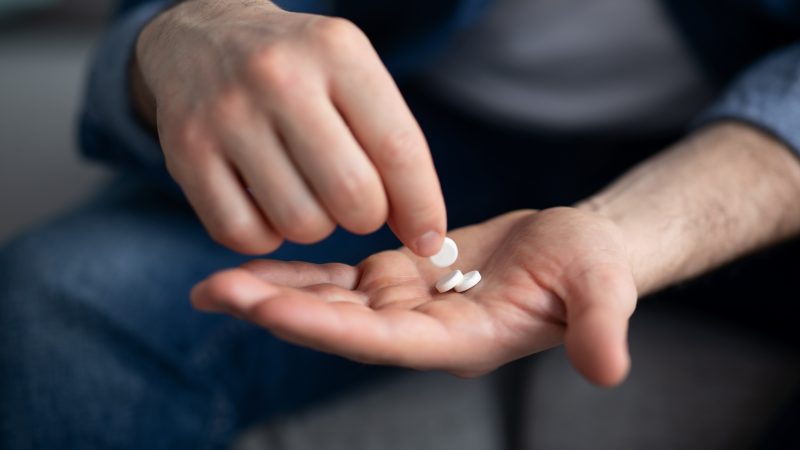Definition of Bipolar Disorder

Bipolar disorder, also known as manic-depressive illness, is a brain disorder that causes unusual shifts in mood, energy, activity levels, and the ability to carry out day-to-day tasks.
Symptoms of bipolar disorder can include:
• Manic episodes – abnormally elevated mood; increased energy, activity, and restlessness; racing thoughts; and reduced need for sleep. During a manic episode, a person may behave impulsively and make poor decisions.
• Depressive episodes – abnormally low mood; loss of interest in activities that were once enjoyable; reduced energy; and changes in sleep, appetite, and weight. A person experiencing a depressive episode may also have difficulty concentrating and making decisions.
Bipolar disorder typically develops in late adolescence or early adulthood. However, it can occur in children and adolescents. It is often not recognized as an illness, and people may suffer for years before it is properly diagnosed and treated.
Bipolar disorder is a chronic condition that requires lifelong treatment. However, with proper treatment, people with bipolar disorder can lead healthy and productive lives.
What causes bipolar disorder?
Bipolar disorder is a mental illness that causes extreme mood swings. The highs, known as mania, can last for weeks or even months. The lows, or periods of depression, can last for weeks or months as well.
Mania is characterized by a number of symptoms, including:
• Increased energy • Decreased need for sleep • Racing thoughts • Impulsiveness • Increased sex drive • irritability
Depression symptoms include:
• sadness • fatigue • difficulty concentrating • changes in appetite • social withdrawal • thoughts of death or suicide
Bipolar disorder can be caused by a number of factors, including:
• Genetics: Bipolar disorder tends to run in families, so if you have a close relative with the condition, you’re more likely to develop it.
• Brain structure: People with bipolar disorder tend to have differences in the way their brains are structured and how they function. This may be due to changes in the way certain brain chemicals work.
• Stressful life events: Bipolar disorder often begins in the late teens or early adulthood, a time when many people experience significant stress from things like going to college, getting a job, or getting married. This stress can trigger an episode of mania or depression.
What is the behavior of bipolar?
Bipolar disorder, also known as manic-depressive disorder, is a mental illness that causes extreme mood swings. The main symptoms of bipolar disorder are alternating periods of mania and depression.
Mania is characterized by an elevated mood, hyperactivity, impulsivity, and decreased need for sleep. During a manic episode, people with bipolar disorder may experience delusions and hallucinations. They may also behave recklessly, spending large sums of money or engaging in risky sexual behavior.
Depression, on the other hand, is characterized by a persistent low mood, loss of interest in activities, and increased fatigue. People with bipolar disorder may also experience changes in appetite and sleep patterns, as well as feelings of worthlessness or guilt.
Bipolar disorder can be a very debilitating condition. It can interfere with work and personal relationships and lead to substance abuse. If left untreated, it can even lead to suicide.
There are two types of bipolar disorder: type 1 and type 2. Type 1 is characterized by episodes of mania and depression, while type 2 is characterized by episodes of mania and hypomania (a less severe form of mania).
Bipolar disorder is treatable. With proper treatment, people with bipolar disorder can lead normal, productive lives.






